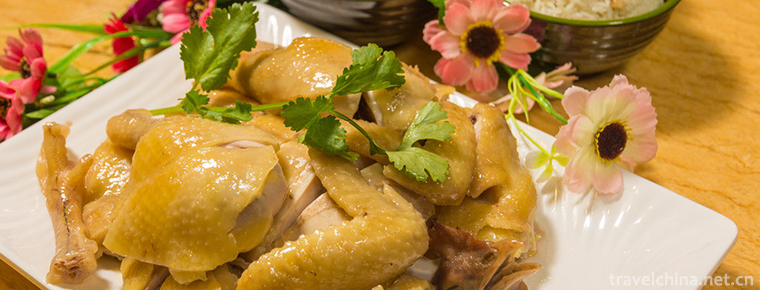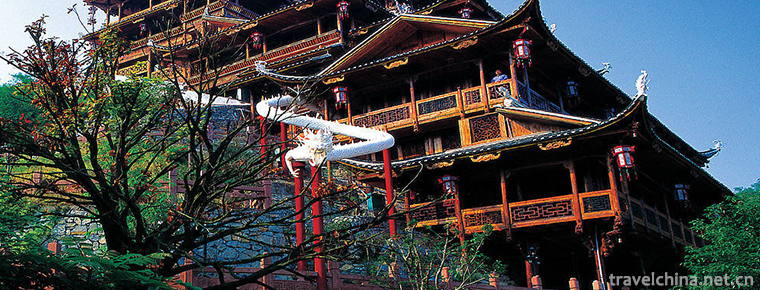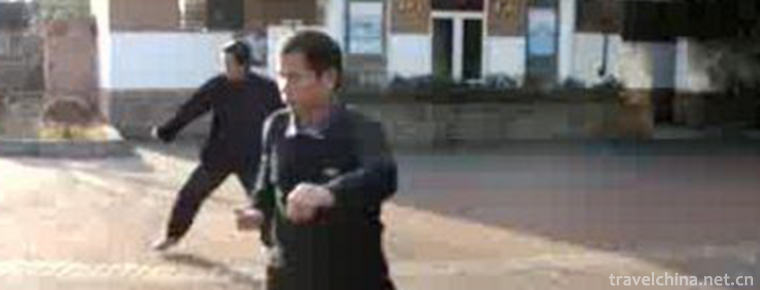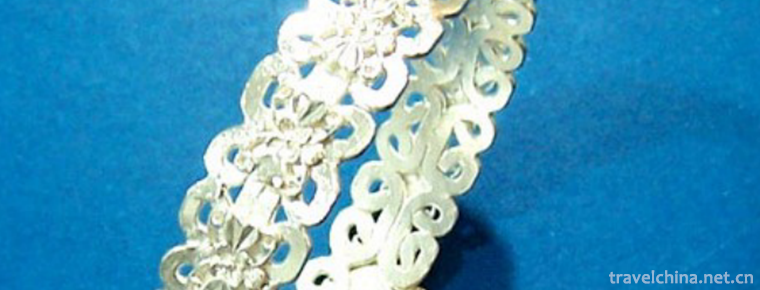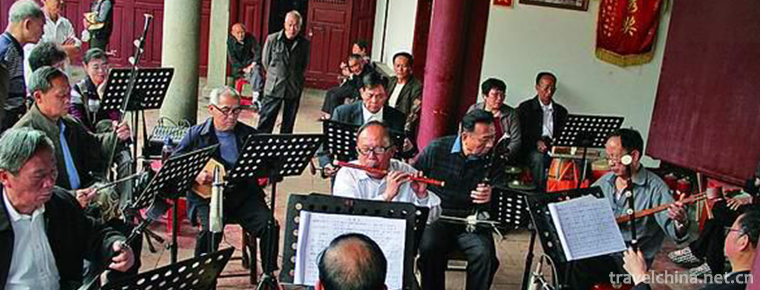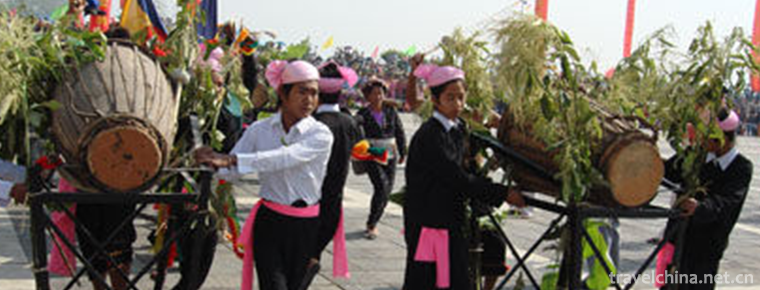Uygur Mulberry Paper Making Skills
Uygur Mulberry Paper Making Skills
Uygur mulberry paper making skills, Xinjiang local traditional handicraft, one of the national intangible cultural heritage.
Uygur mulberry paper takes mulberry branch endothelium as raw material, mulberry branch endothelium is sticky, smooth and delicate, easy to process, after exploitation, soaking, pot boiling, pounding, fermentation, filtration, moulding, drying, rough grinding and other processes can be made into mulberry paper. Paper is divided into three grades: high, medium and low, and has a wide range of uses.
In 2006, Uygur mulberry paper making skills were listed in the national intangible cultural heritage list, project number_-70.
historical origin
Mulberry paper accurately records the Tang Dynasty. According to the records, in 1908, Stein, an Englishman, found a book made of mulberry paper in a Tang Dynasty monastery in Mazatag Mountain, 100 kilometers north of Hotan City, which recorded the situation that the monastery bought paper locally. This shows that there was mulberry paper industry in Hetian area at that time.
Gu Wenjian of the Song Dynasty wrote in his "Miscellaneous Records of Negative Samples". It is recorded that the only mulberry paper in China today is mulberry paper. This also proves that in the Song Dynasty, in the Western Liao Dynasty, Hetian was famous for making paper from mulberry bark, which became an important family handicraft for local people.
In the mid-14th century, mulberry paper production technology was introduced from Hotan to Turpan, which made greater progress. By the Ming and Qing Dynasties, the communication between the Central Plains and the Western Regions was frequent, and mulberry paper from the Western Regions was also used by people in the Central Plains. In the fifth chapter of Wu Jingzi's Outside History of Confucianism in the Qing Dynasty, it was written: "Two talents were pulled over, one under the dates, wrapped in mulberry paper; when you looked for it, there were altogether 52 silver." It shows that mulberry paper was very popular in the Ming and Qing Dynasties and was widely used.
In ancient times, mulberry paper was not only used as ordinary paper, but also used for advanced mounting, umbrella making, traditional Chinese medicine wrapping, fan making and so on. In the early 20th century, mulberry paper was also briefly used to print local currency in Hotan. The remaining mulberry paper documents of the Qing Dynasty and mulberry paper banknotes of the National Period also prove that mulberry paper was widely used in Xinjiang in the past.
Technological characteristics
Mulberry paper is light brown, the craft is exquisite mulberry paper is translucent, very thin. The local government books and books formed during the Qing Dynasty and the Republic of China in Southern Xinjiang basically use mulberry paper as a page, and the appearance and feel are only slightly rougher than those of the mainland ancient books. Mulberry paper has been used for advanced mounting, umbrella making, basket making, artillery drawing, traditional Chinese medicine wrapping, fan making and so on in ancient times.
Paper is divided into four grades according to its quality: first, second-class thick and white, third and fourth-class thin and soft. Refined mulberry paper or Uygur Girls Embroidered Hat necessary accessories. When embroidering the cap, the warp and weft of the blank cloth should be separated from each other. After embroidering, a small paper stick rubbed with mulberry paper is inserted into the space of the blank warp and weft. The cap made by this method is flexible, soft and moderate. Mulberry paper is soft and tough. Books and books in Xinjiang in Qing Dynasty are mainly printed on high-grade mulberry paper. Banknotes printed on mulberry paper were popular in the Republic of China. Medium quality mulberry paper is generally used for packaging. For tea, candy, herbs, food, etc., mulberry paper can be used for packaging as long as the items are not too big. Coarse mulberry paper is often used to paste skylights or accessories for leather boots and so on.
Handmade mulberry paper can be divided into "raw paper" and "cooked paper". Raw paper is unprocessed yellow paper, and cooked paper is white paper after processing.
Technological process
Uygur mulberry paper takes mulberry bark as raw material, mulberry branch endothelium is sticky, the fiber is smooth and delicate, easy to process, after exploitation, soaking, pot boiling, beating, fermentation, filtration, mold entry, drying, rough grinding into mulberry paper, paper is square, about 50 centimeters long.
When making paper, the mulberry branches are soaked in water, then the dark skin of the surface is stripped, the white bark of the inner layer is taken out, and boiled in a large iron pot filled with water, stirring while boiling until the bark is cooked and soft rotted, and then added euphratine.
The cooked mulberry peel was removed and placed on a rectangular thin stone slab. The craftsman knelt in front of the slab, covered his legs with a piece of cloth, and then lifted a wooden hammer with a short handle and a long head to smash the mulberry peel. Put mulberry peel into a mud cake and put it in a barrel half buried in the ground.
Then he took a stick with a small cross on its head and put it into the barrel to stir. After a while, the mulberry pulp was stirred, and the dregs were filtered by a special sieve. Then a large wooden ladle was put into the barrel to scoop out a large spoon of pulp. Then a sand net, about 40-50 cm in size, wooden mould was placed in a small puddle to block the pulp.
The pulp is poured into the mould and stirred continuously with a wooden stick with a small cross on the head to make the pulp evenly spread on the mould. After the pulp is evenly laid, the mould is held flat and a small puddle is put where the sunshine can shine sufficiently. When the pulp is dried on the mold, what is torn off is a genuine mulberry paper.
Inheritance and Protection
Inheritance value
Xinjiang Uygur mulberry paper production technology takes mulberry tender bark as raw material. The paper has the characteristics of good toughness, strong pulling force, soft texture, strong water absorption and non-fading for thousands of years. Restoring and reconstructing ancient books is one of the professional uses of mulberry paper.
Heritage figures
Tohudibahai Tuerdi, male, Uygur, a native of Puchakchi, Moyu County, Xinjiang Uygur Autonomous Region. In May 2006, it became the first representative successor of national intangible cultural heritage projects.
protective measures
In Hotan Moyu County, Tohudi Tuerdi's hometown, a mulberry paper inheritance center has been set up to encourage the recipients of government subsidies to pass on mulberry paper making skills to the next generation, and to build a street for mulberry paper making, so that more and more mulberry paper makers can make a living by making mulberry paper at their doorsteps.
social influence
Important Exhibitions
In 2012, Xinjiang mulberry paper manufacturing technology appeared in the cultural center of Xicheng District. More than 100 paintings on mulberry paper were assembled into "Blue Indigo Gold Foil - Chinese Painting - Mulberry Paper Painting Exhibition".
Representative Works
The Uygur classics Nobitti Poetry Selection and Uygur Medicine Complete in Qing Dynasty are all made of mulberry paper.
Distribution area
Hetian mulberry paper is mainly distributed in Hetian City, Hetian County, Luopu County, Pishan County and Moyu County, among which Moyu County, Pishan County and Luopu County are the concentrated producing areas of mulberry paper.
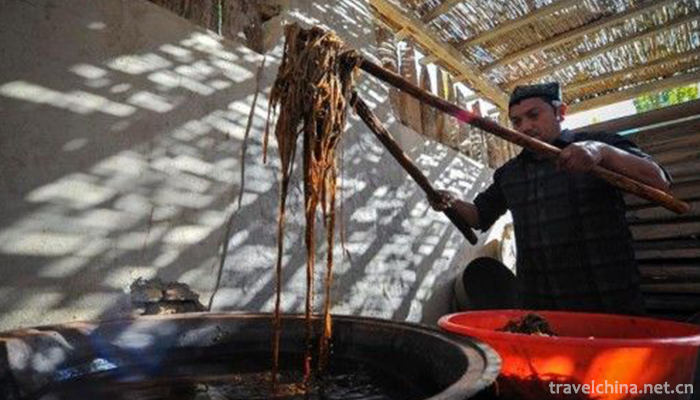
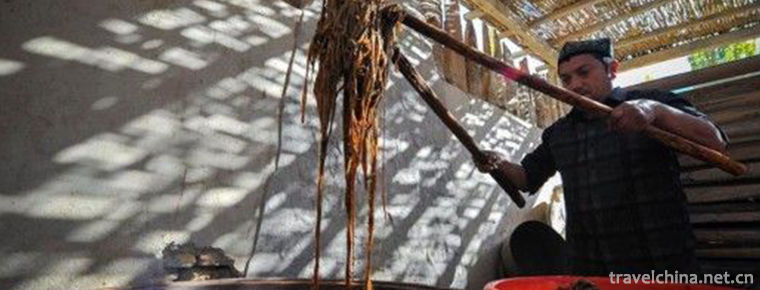
Uygur Mulberry Paper Making Skills
-
Wenchang chicken
Hainan Wenchang chicken, special product of Wenchang City, Hainan, China national geographical indication product.
Views: 245 Time 2018-11-05 -
Tujia Style Garden
Zhangjiajie Tujia Style Park is located in Zhangjiajie City, a beautiful pearl. The Park covers an area of more than 80 mu with a total investment of 75 million yuan. It is a large-scale
Views: 189 Time 2019-02-22 -
Block door La shou men
Stopper Gate is one of the traditional Chinese boxing schools. It originated in Shaolin and was introduced to Tianjin in the early Qing Dynasty. It originated in Sichuan. It was the earliest southern
Views: 235 Time 2019-05-10 -
Miao Silver Jewelry Forging Techniques
Miao silver jewelry forging technology takes silver as raw material. The pattern and structure of silver jewelry have been carefully designed by the craftsmen. There are 30 processes from drawing to c
Views: 201 Time 2019-06-05 -
Puxian Ten Sounds and Eight Musics
Puxian Ten-tone Eight Music is not only the traditional folk art folk rap music in Putian area, but also the instrumental music. Ten tones, also known as ten times, are a comprehensive art of instrume
Views: 161 Time 2019-06-09 -
Water Encouragement
Water drum dance is a kind of popular dance spread between the De'ang and Miao nationalities. It combines water, drum and dance to worship ancestors, pray for good weather and peace in villages. Howev
Views: 154 Time 2019-06-15 -
Chengdu Dien Photoelectric Technology Company
As an energetic, young crystalline materials technology company, DIEN TECH specializes in the research, design, manufacture,and sell of a series of nonlinear optical crystals, laser crystals, magneto-
Views: 424 Time 2019-09-11 -
Furong mountain
Furong mountain in Sichuan Province is a snow mountain, stretching for hundreds of miles. Furong mountain scenic area is composed of Furong mountain, Shunan hot spring, hanging coffin
Views: 151 Time 2020-10-16 -
Wenchuan earthquake epicenter site
The earthquake site, located in Yingxiu Town, Wenchuan, Sichuan Province, is open all day.
Views: 154 Time 2020-11-07 -
Characteristics and types of Chinese embroidery
The main artistic features of hand embroidery are neat patterns, beautiful silk, fresh and elegant colors, rich needlework, appropriate elegance and beauty, and exquisite and exquisite embroidery. As far as the needling methods of embroidery are concerned,
Views: 249 Time 2020-12-12 -
Guangyuan primary industry
In 2018, the annual grain sown area in Guangyuan City was 311300 hectares, down 0.5% from the previous year. The total grain output was 1.5641 million tons, down 0.4%. Among them, the grain output in spring decreased by 0.7% to 384900 tons, and that
Views: 390 Time 2020-12-15 -
Dazhou highway
Dazhou is one of 179 main hubs of highway transportation in China and one of 12 regional secondary hub cities in Sichuan Province. It is a secondary logistics center city in national layout planning and an important logistics hub city in Western Chin
Views: 229 Time 2020-12-20
